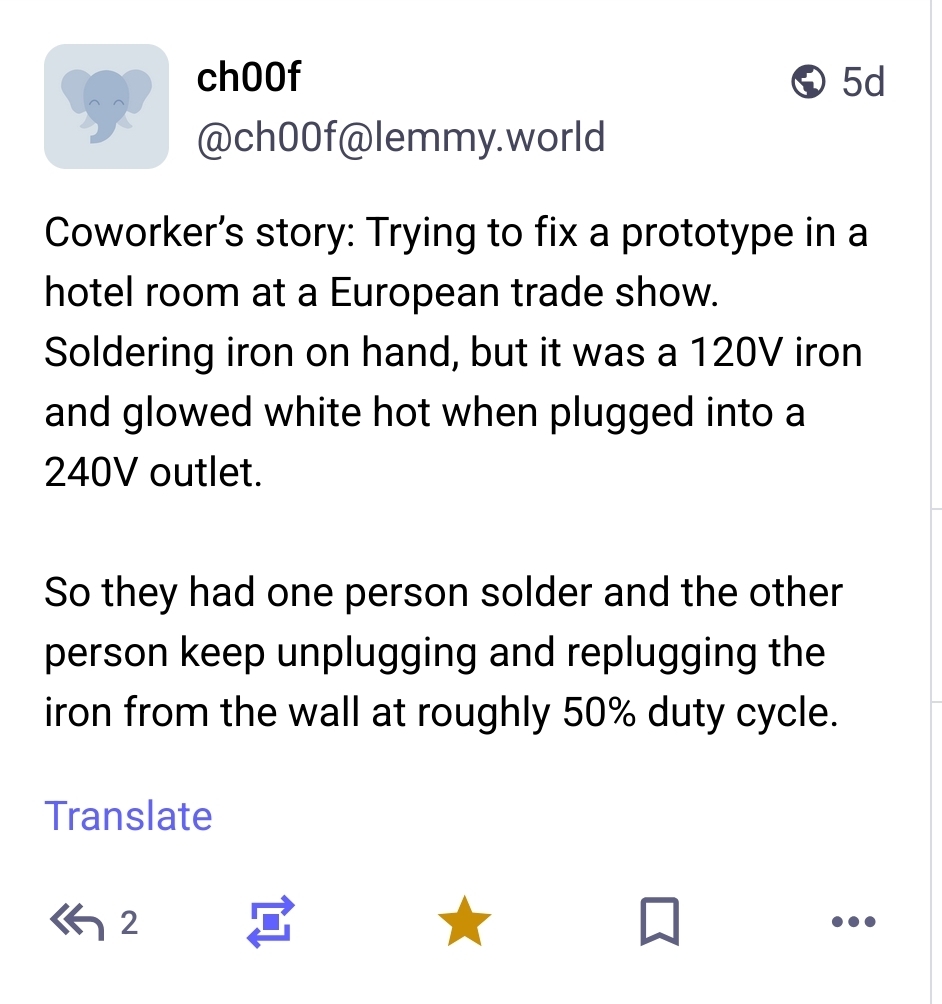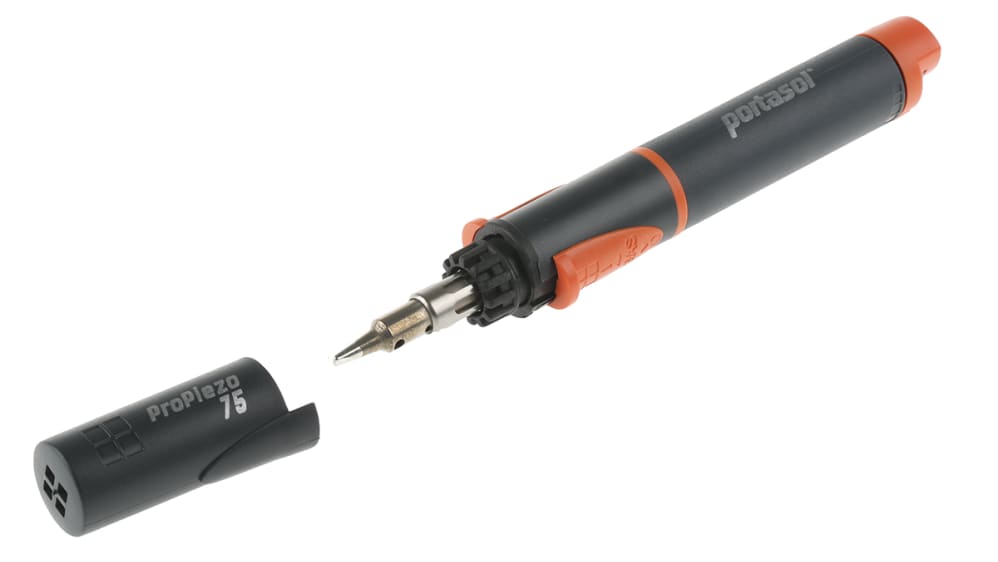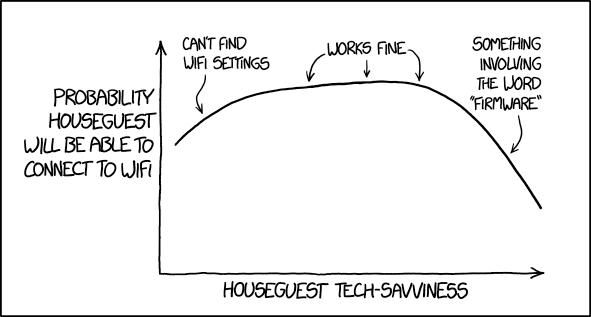Shoudn't it be 25%?
Current is not controlled here, resistance (aka the soldering iron) and voltage are.
Power = Voltage ^ 2 / Resistance. Double the voltage, that quadruples the power. So you only want to plug in 25% of the time to get the equivalent power of 120V.
But it might not melt at double power? Maybe the extra heat helps, I can't find a resistance/temperature curve for a soldering iron...
Source: EE dropout.


